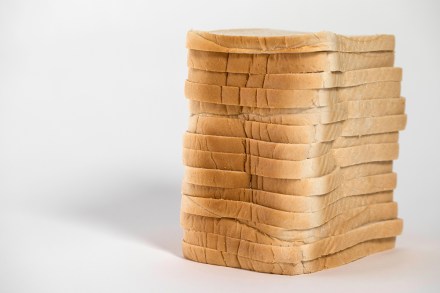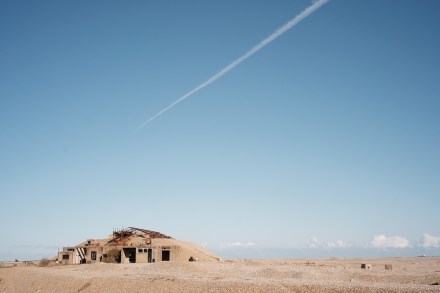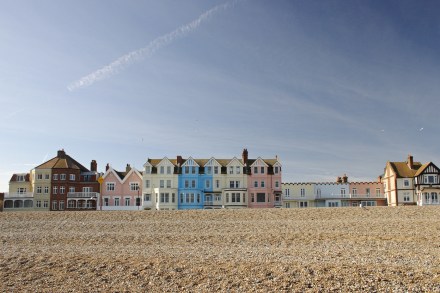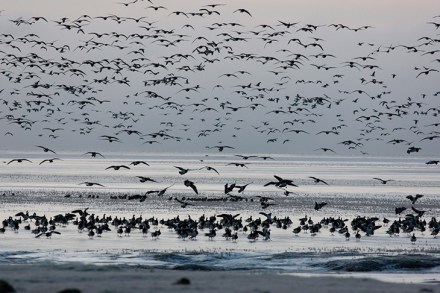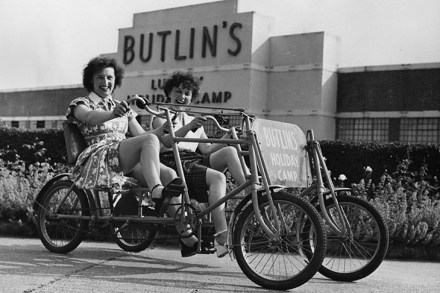Why are we routinely buying disgusting bread in Britain?
‘Bread is simple. Or is it?’ That is the question David Wright poses about a keystone food that spans the globe and the whole of history. Breaking Bread examines the science behind the ur-loaf, the development of the Chorleywood method, the economics of selling the stuff, the role that it has played in religion and politics – and what its future might look like. The author is a third-generation baker. After a childhood spent in the Suffolk bakery his father owned and ran (Wright’s birth was announced in the bakery shop window: ‘I smelled bread, played with the dough, tasted it even before I have memory’), he left it all
